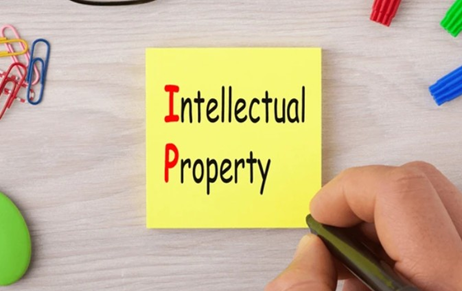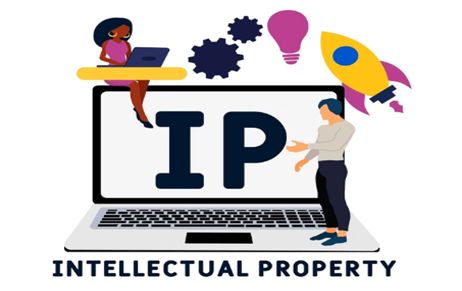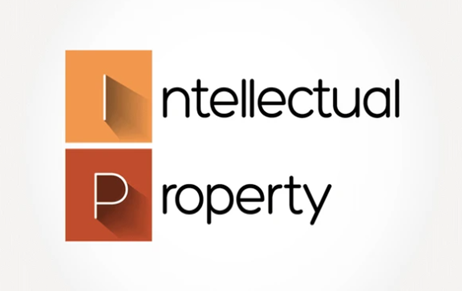Today, in the knowledge-based economy, ideas are not just vague concepts; they are powerful business…
Patent Licensing
What is Patent Licensing?
Licensing is a process where the owner of the product gives permission to another entity who can extract benefit from the licensed product. Same as that licensing a patent means the owner is giving access to another individual or organisation to make, use and sell etc. with his patented invention. Usually license agreement comes with some terms and condition agreed by the parties, which have binding effect on them. Few of the content of the agreement consists of definition of the product, mode of the payment between parties, purpose of the license and many more.[1]
Why Patent Licensing is being done and how it differs from Patent Transfer?
A patent owner can license his invention for many reasons, such as, he may not have enough money to or manufacturing facilities, so he gives license to third party to make, sell and distribute his patented invention in return of ‘royalty’. Alternatively, the owner of the patented invention may have a small manufacturing facility which might not be able to fulfil the demand of the consumers, so he may license another party to manufacture his product and sell which will create another stream of income for him. The case may be such that, the patent owner has his business in only one geographical location and he wishes to expand it to other areas. So, he will license his product to another party on that location to manufacture and distribute the product and pay royalty to the owner to his profits. Entering into a licensing agreement can help to build a mutually-beneficial business relationship. Unlike selling or transferring a patent to another party, here the licensor continues to have property rights over the patented invention.[2]
Types of Patent Licensing
Type of license to be issued to a patent is the sole business of the patent owner depending on his requirement.
1. Exclusive Licensing – In an Exclusive License, there is the transfer of ownership by the patent holder. The only thing which the owner has is the title. This is just like stepping into the shoes of the patent owner and acquiring all the responsibility of it. The only thing which the licensee cannot do is that he cannot license the patent to anyone else. It is exclusively granted to him and he cannot further license it to anybody else. Upon grant of the exclusive license even the patent holder cannot sell the goods in the territory where the licensee has acquired exclusive license. In this type of licensing the risk of infringement is less as it is being less exploited and the licensee will have monopoly over the market, so the cost of the product will be higher than the usual price and the revenue will also be higher. So, this will also lead to the higher royalty payment to the Licensor who has assigned the license.
For example, a person gets a patent over a particular drug which cures a disease and no other medicine is capable of doing so. But he doesn’t have enough money and infrastructure to produce, distribute and sell the medicine on a mass scale. So, the patent owner gives exclusive licensing to a pharmaceutical company who will produce, distribute and sell that particular drug. Except for title of the patent, rest all rights are vested with the licensee. This will lead to generation of high revenue and payment of high royalty.
But the difficulty here is that if the patented product is in relation with the reasonable requirements of public and it is in huge demand and the price too high, so it is unable to produce the needed demand and the price is not affordable by many people then without the permission of the patent owner, paying him royalty the Government can issue also Compulsory licensing if it fulfils the condition under Section 84 of the Patents Act, 1970.
2. Non-exclusive Licensing – It gives the same right to more than one licensee. This implies that one licensee may exploit the invention but along with him others who have been given the license for the same product may be eligible for equal exploitation. In this scenario, more than one person/entity can exploit the patented product. But the product is of such a nature that to generate more revenue you have to licensee it to as much as entities possible.
For example, a company dealing with the steering technology of the cars came up with a patented invention. Rather than giving license to just one car manufacturer to produce and use it, if it gives permission to different car manufacturers for specific territory to produce and use it for those territory then he can generate more royalty from the companies.
Recent Case Study of the Patent License Agreement between Oppo and Ericson
Ericsson is a company that mainly deals with communication service. The company portfolio consists of Network, Digital Services, Managed Services and Emerging business. It helps its customers to be digitalised which will increase their efficiency.
Oppo being a global leading smart device brand, has been relentlessly working towards in the pursuit of aesthetic satisfaction and innovative technology. It has total number of 40,000 employees, and it is working in 30+ countries and regions and has 6 research institutions and 4 R&D centers worldwide.
Recently they entered into a Global Patent license agreement. This agreement covers cross license covering 2G, 3G and 4G patent portfolios from both the companies. Besides, cross-license, the agreement also includes business cooperation on a number of projects related to 5G such as device testing, customer engagements.
Conclusion
Though various market players, multi-national companies, research institutions and universities invest a huge R&D to invent new product and get it patented in an expectation to generate more and more revenue out of the patented product. The above case study of ‘Oppo and Ericsson’ is clearly a business agreement and the sharing of the patented invention between the two companies has the sole purpose to generate money only by this sharing. Both companies are major players in the market and they invest a huge amount in their R&D for creating new technologies, so if any other person uses their technology and if it gets leaked then it will be a heavy loss for the companies.
But there are some market players who offer free license of their patented product for the use of mass public. One such entity is billionaire Elon Musk who provided free license of all the patented products of Tesla to be used by anyone who has good faith. He had quoted that, “No patent against people who use our tech in good faith”. He said that the inventions were patented to be protected from the other big car manufacturers, but by doing so the ultimate goal of Tesla which is to lessen down the global warming by emitting zero Carbon Dioxide in transport sector. But 100 million fossil fuel powered internal combustion engine are being produced it was impossible to achieve its goal. Though there are many companies from China, Japan and Germany who are producing e-vehicles but they are very costly and not affordable by people to use on day to day basis. So, by free licensing these patents he is giving a chance to all the car manufacturers to use his technology more efficiently to create affordable e-vehicles which has more driving range and can be used by mass people.
If we consider the scenario in India, companies like Tata, Mahindra are trying to produce e-vehicles but they are not able to capture the mass market. However, some companies such as Ether a Bengaluru based start-up has come up with a proper e-scooter though the price of it is on the high-end side which is inaccessible by most of the people. Even the Government of India has declared that all vehicles on Indian roads to be e-vehicles. Recently, the Kerela Government had declared that all its Government vehicles and mass transport buses will also be e-vehicles. Thus, it is need of hour to convert our transport medium through e-vehicles and abandon the internal combustion engines. So, this free license of the Tesla will serve the public at large and help them improving the e-vehicles more and more.
We can say that if any invention which will help the world to be a better place and improve the life-quality of people then it should be free licensed for more development condition it should be done in good faith having no malice intention to infringe the patent.
Author: Rohan Dalbehera, Intern at Khurana & Khurana, Advocates and IP Attorneys. In case of any queries please contact/write back to us at swapnils@khuranaandkhurana.com.
References
[1] https://www.wipo.int/patents/en/faq_patents.html
[2]Ibid



